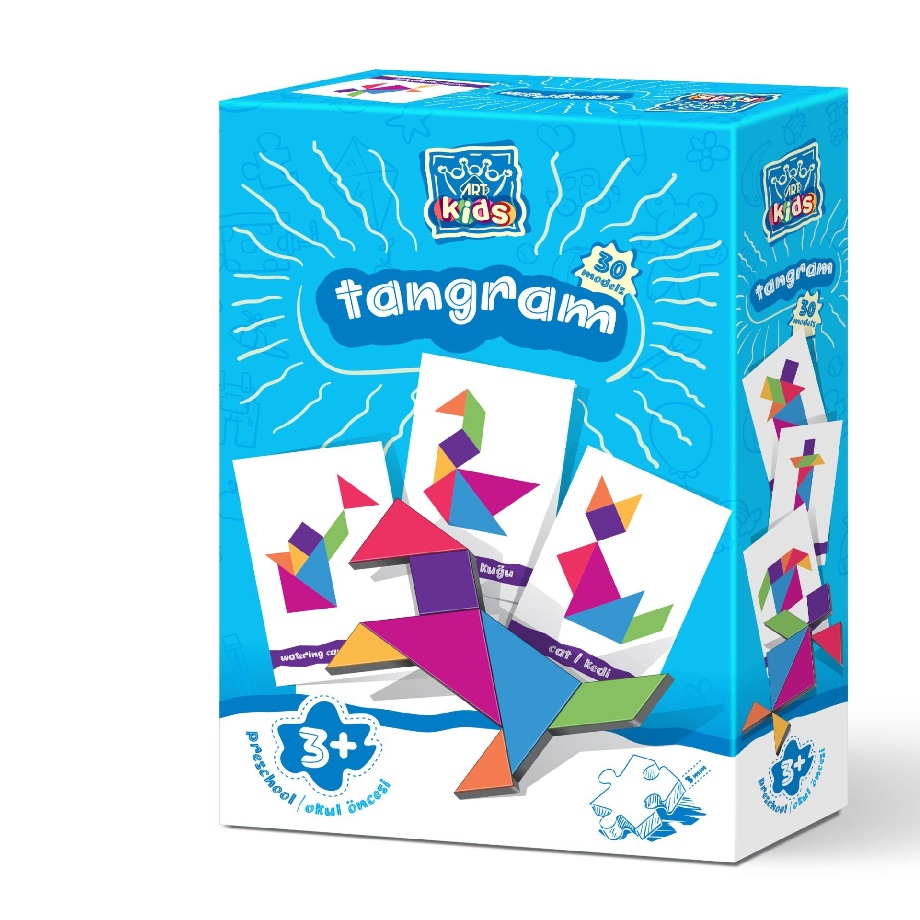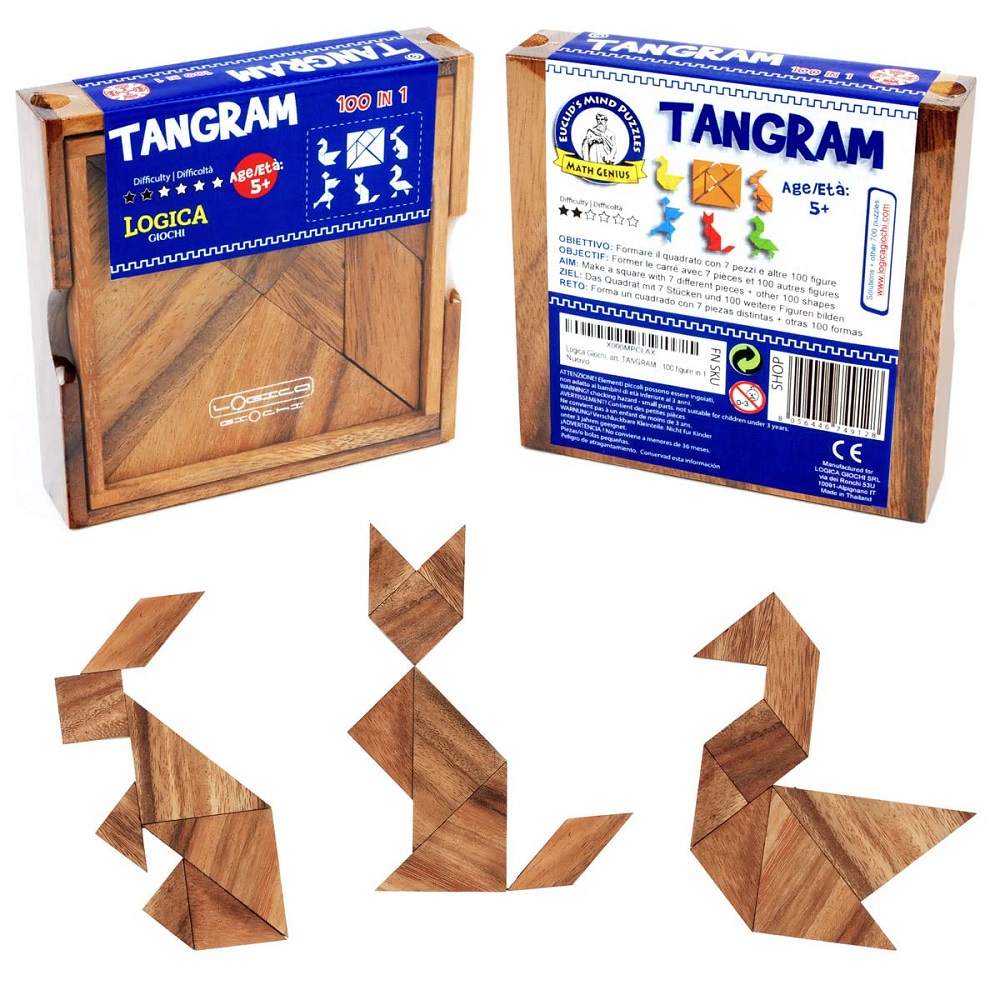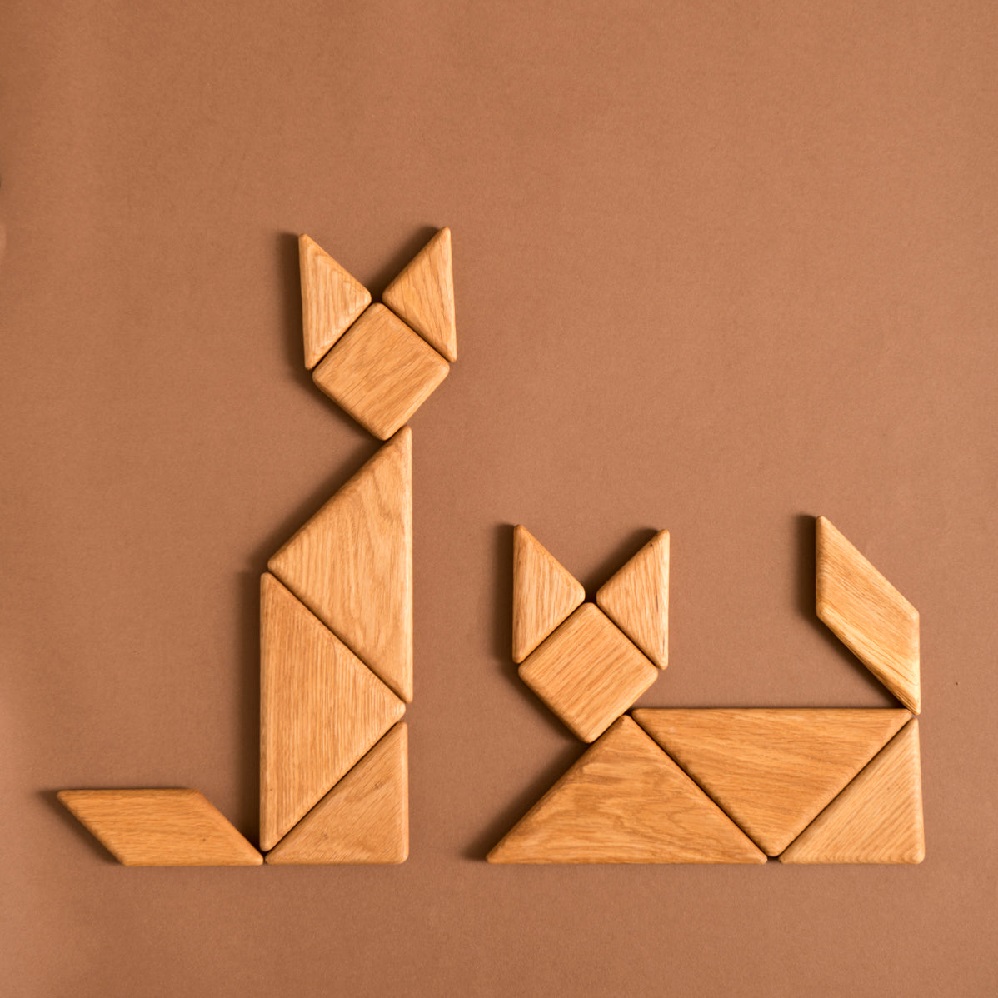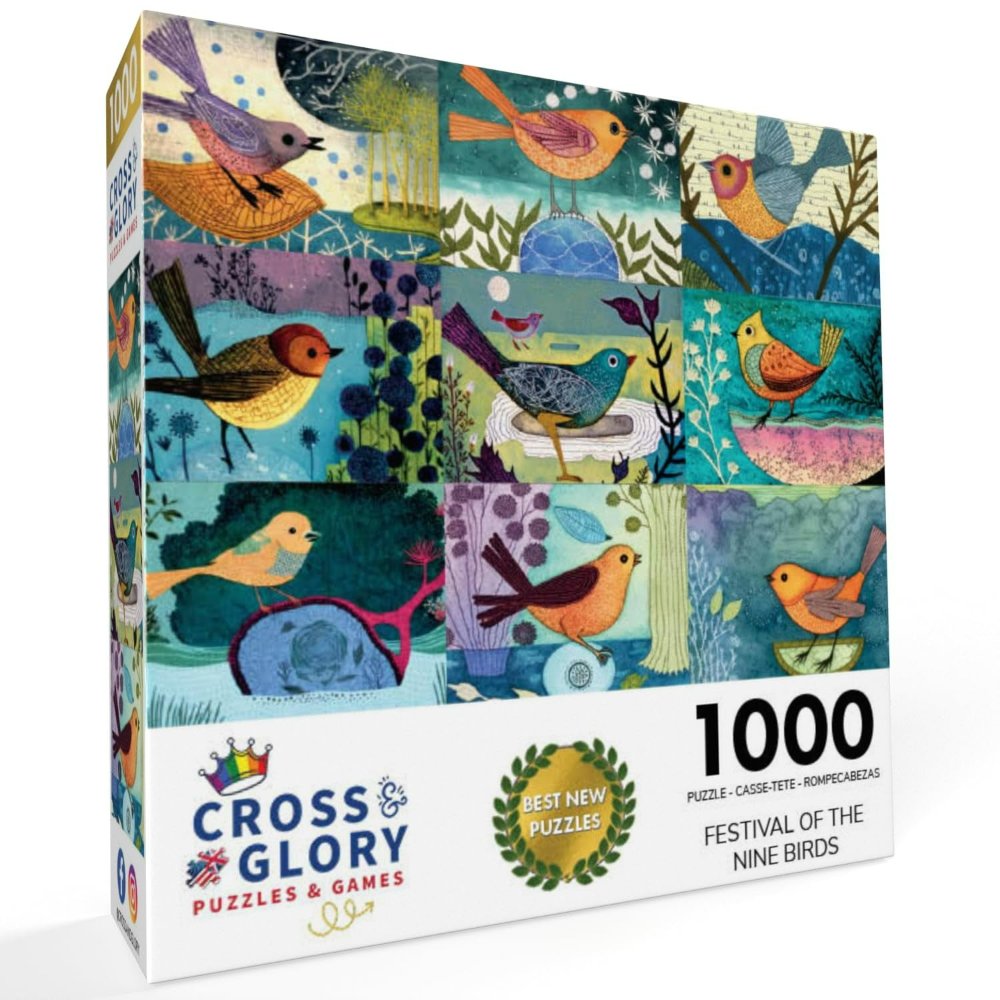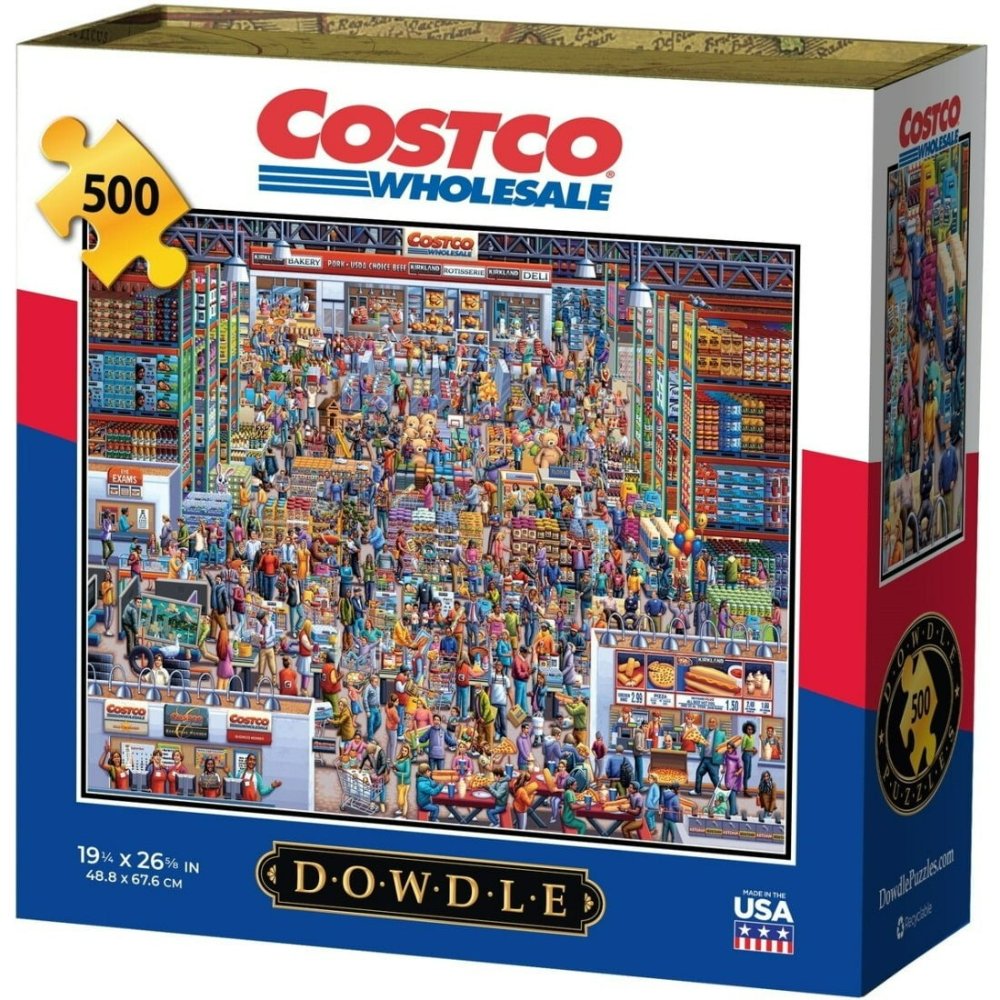Tangram art is one of the oldest forms of geometric puzzle play. It originated in China and translates to “seven boards of skill.” The puzzle consists of seven flat pieces called tans, which can be arranged to create various shapes and figures. This article delves into the fascinating world of tangram art, exploring its history, significance, and how it inspires creativity.
The History of Tangram Art: A Cultural Journey
The Origins of Tangram
Tangram art has roots that trace back to ancient China. The puzzle gained prominence during the Song Dynasty (960-1279 AD) but truly captured attention in the early 19th century. French missionaries returned from China with these puzzles, sparking interest across Europe and eventually the world.
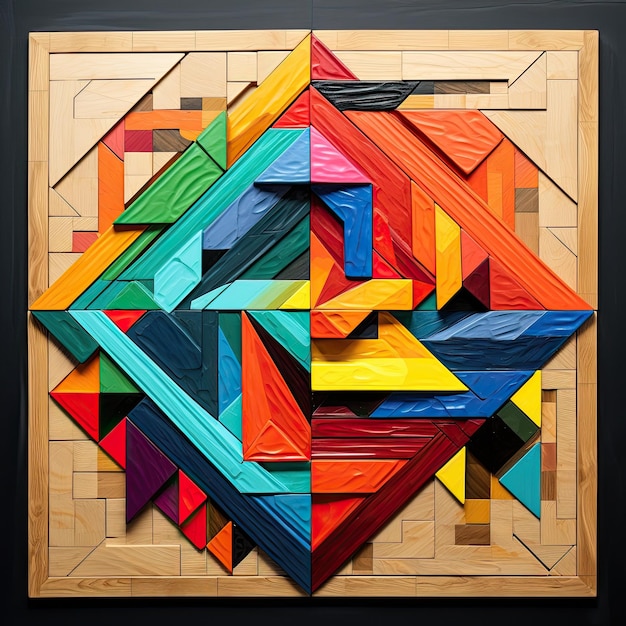
The original tangram set consists of seven shapes: a small triangle, a medium triangle, a large triangle, a square, and a parallelogram. All these pieces fit together to form a square. Creating the puzzle involves rearranging these pieces into various figures, from animals to people to intricate scenes.
During its European debut, tangram puzzles quickly became a popular pastime. People were enamored with the challenge and creativity involved. This simple yet profound puzzle encouraged imaginative play and artistic creation. Children and adults alike found joy in constructing myriad designs from one set of pieces.
Tangram in Art and Education
Tangram has significant implications beyond mere entertainment. Artists have embraced tangram art, using it to convey ideas and emotions. The distinct shapes and customizable designs offer limitless opportunities for creativity. Many schools incorporate tangram puzzles into their curriculum. Educators utilize them to teach geometry, problem-solving, and critical thinking. Engaging with tangrams enhances spatial reasoning and promotes hands-on learning.
Moreover, understanding basic geometric shapes forms a foundation for further mathematical exploration. Children learn to recognize relationships and patterns through tangrams. This makes it a valuable educational tool that transcends age groups, fostering creativity and analytical skills from a young age.
The Art of Creation: Crafting Tangram Designs
Getting Started with Tangrams
Starting your journey into tangram art is easy and requires minimal material—just a tangram set, which can be homemade or bought. A typical tangram set consists of seven pieces made from wood, cardboard, or plastic. In addition, you can easily find templates and diagrams online for inspiration.
To create your first tangram design, you can follow simple steps. Begin with a clear, flat surface to work on. A smoother surface helps the pieces slide and fit better together. Start by selecting a design or an animal you want to make. You can find numerous visuals available that show how the pieces come together. Focus on each tan’s position, adjusting and rotating them as necessary.
Don’t hesitate to experiment! Play around with different combinations, even if they don’t resemble the original shape. This is part of the joy in tangram art. It’s about exploring possibilities to express yourself creatively. Every design teaches something new about symmetry, balance, and composition.
Engaging with Tangram Art: Tips and Techniques
Once you have the basics down, it’s time to dive deeper. Engage with tangram art through various methods and techniques. You can explore different themes, such as animals, nature, and abstract designs. Each theme presents unique challenges, testing your creativity and problem-solving skills.
Apart from the traditional square arrangement, try fitting the pieces into unexpected configurations. Use colors and materials to enhance your designs. Consider incorporating mixed media—like paper cutouts and paints—into your creations. Combining techniques can lead to breathtaking results.
Collaborating with others can further enrich your tangram experience. Organize workshops or group projects, where many individuals create their designs. Sharing ideas encourages learning. You can discover new methods of artistic expression through discussions and teamwork.
The Benefits of Tangram Art: More Than Just Fun
Enhancing Cognitive Skills
Engaging in tangram art provides various cognitive benefits. The process of figuring out how to arrange the pieces fosters critical thinking. It requires evaluating spatial relationships, improving memory, and enhancing attention to detail.
As you create, you develop patience and perseverance. Finding the right arrangement may take time, and that’s okay. Completing complex designs can instill a strong sense of accomplishment. This boost in self-esteem often motivates individuals to embrace further challenges in the arts and other disciplines.
Additionally, tangrams can aid in developing fine motor skills. Manipulating small pieces requires precision and control. As you handle the pieces, you improve hand-eye coordination, which is beneficial for tasks ranging from writing to playing musical instruments.
Fostering Emotional Wellness
Tangram art is not just about cognitive benefits; it also plays a role in emotional wellness. Engaging in creative activities serves as an excellent outlet for stress relief. The simple act of creating can be meditative. Focused tangram work allows individuals to escape daily pressures.
People often use art as a medium to express feelings and emotions. Tangrams offer a structured way to explore creativity while providing freedom for personal expression. Each piece can symbolize different emotions, and arranging them can feel therapeutic.
Moreover, working with others on tangram puzzles fosters social connections. Sharing ideas and exchanging inspiration can strengthen relationships. It allows people to bond over a mutual passion, creating a sense of community.
Tangram Art in the Modern World: A Creative Renaissance
Digital Age and Tangrams
With advancements in technology, tangram art has taken on a new life. Digital tools have opened doors for creativity that weren’t possible with traditional tangrams. Many applications and online platforms allow users to create tangram designs virtually. These platforms offer a wide range of templates and artistic tools that appeal to a younger generation.
This digital transformation also enhances accessibility. People can learn and experiment with tangrams without the need for physical pieces. Whether on a tablet or smartphone, anyone can engage with this ancient art form from anywhere.
However, it’s vital to maintain a balance. While digital tools are fantastic, the tactile experience of handling physical tangram pieces cannot be replicated. Parents and educators should encourage both digital and traditional practices. Engaging with both will foster a deeper understanding and appreciation for tangram art.
Global Tangram Communities
In recent years, global communities around tangram art have flourished. Online forums and social media groups allow enthusiasts to share their creations, techniques, and inspiration. This sense of belonging strengthens the tangram community.
Competitions and challenges related to tangram art have emerged. Participants showcase their creativity and skills, pushing the boundaries of what can be done with the seven pieces. These events inspire innovation and collaboration, encouraging participants to think outside the box.
Moreover, traveling exhibitions often include tangram art displays, showcasing works from artists worldwide. Such exhibitions are a testament to how a simple puzzle has transcended cultural boundaries and united people through creativity.
Tips for Encouraging Tangram Art in Everyday Life
Integrating Tangrams into Daily Routines
Incorporating tangram art into daily life is easier than it might seem. Begin by providing access to a tangram set at home. Encourage children and family members to engage with it during leisure time. Setting aside dedicated time each week for tangram puzzles can foster a family tradition.
Parents and educators can creatively integrate tangrams into learning activities. For example, while discussing shapes in class, introduce tangram puzzles. Use them to illustrate concepts and engage students actively.
Additionally, consider organizing events or clubs centered around tangram art. These gatherings can be casual or formal, providing opportunities to share creations and collaborate on designs. They build camaraderie while promoting creativity and problem-solving.
Embracing the Journey of Creation
Ultimately, embracing the journey of creation is vital when working with tangram art. Rather than focusing solely on the end result, appreciate the process of connecting shapes and exploring ideas. Creativity feeds on discovery and exploration.
Encourage individuals to be open to mistakes. Sometimes the most beautiful designs come from errors and alterations. This creates a culture of growth and experimentation. It allows participants to learn from every encounter they have with the tangram pieces.
Furthermore, remember that creativity has no age limit. Engage with tangram art across generations—children, parents, and grandparents can collaborate on designs. Sharing knowledge and inspiration can cultivate relationships while enriching the artistic experience.
Tangram Art: A Legacy of Creativity
Conclusion
In conclusion, tangram art is a vibrant fusion of history, creativity, and community. Its timeless nature continues to inspire people around the world. From educators looking to teach geometry to artists exploring forms, tangram offers an opportunity for infinite creativity.
By understanding its history and experimenting with various designs, individuals can engage with tangram art on multiple levels. It is a puzzle that offers more than just entertainment; it provides numerous cognitive and emotional benefits.
As we continue to navigate this digital age, embracing both traditional and modern methods will be essential. Whether through family activities or art exhibitions, tangram art fosters connection, creativity, and community. Each arrangement tells a new story, waiting to be discovered. Through tangrams, we can explore, create, and continue this rich legacy across generations.
In a world increasingly driven by technology, tangram art serves as a gentle reminder of the joy that comes from simple shapes and boundless creativity. So pick up a tangram set, gather your loved ones, and embark on this colorful journey today!
